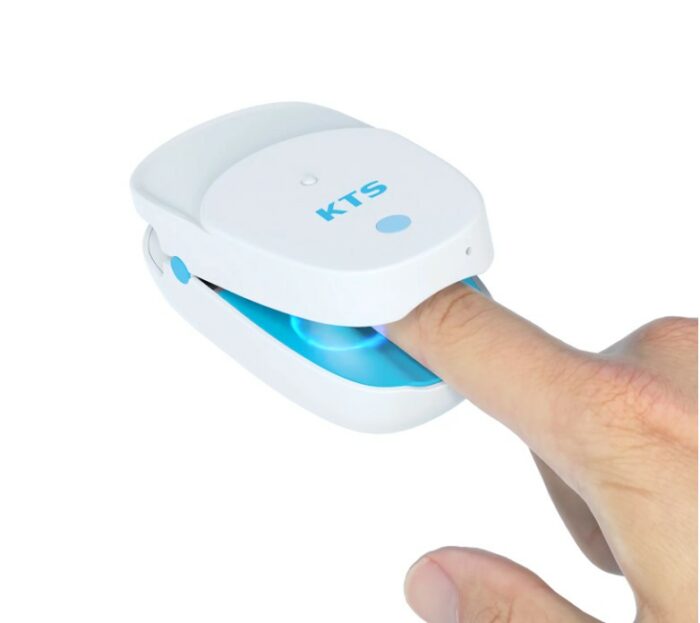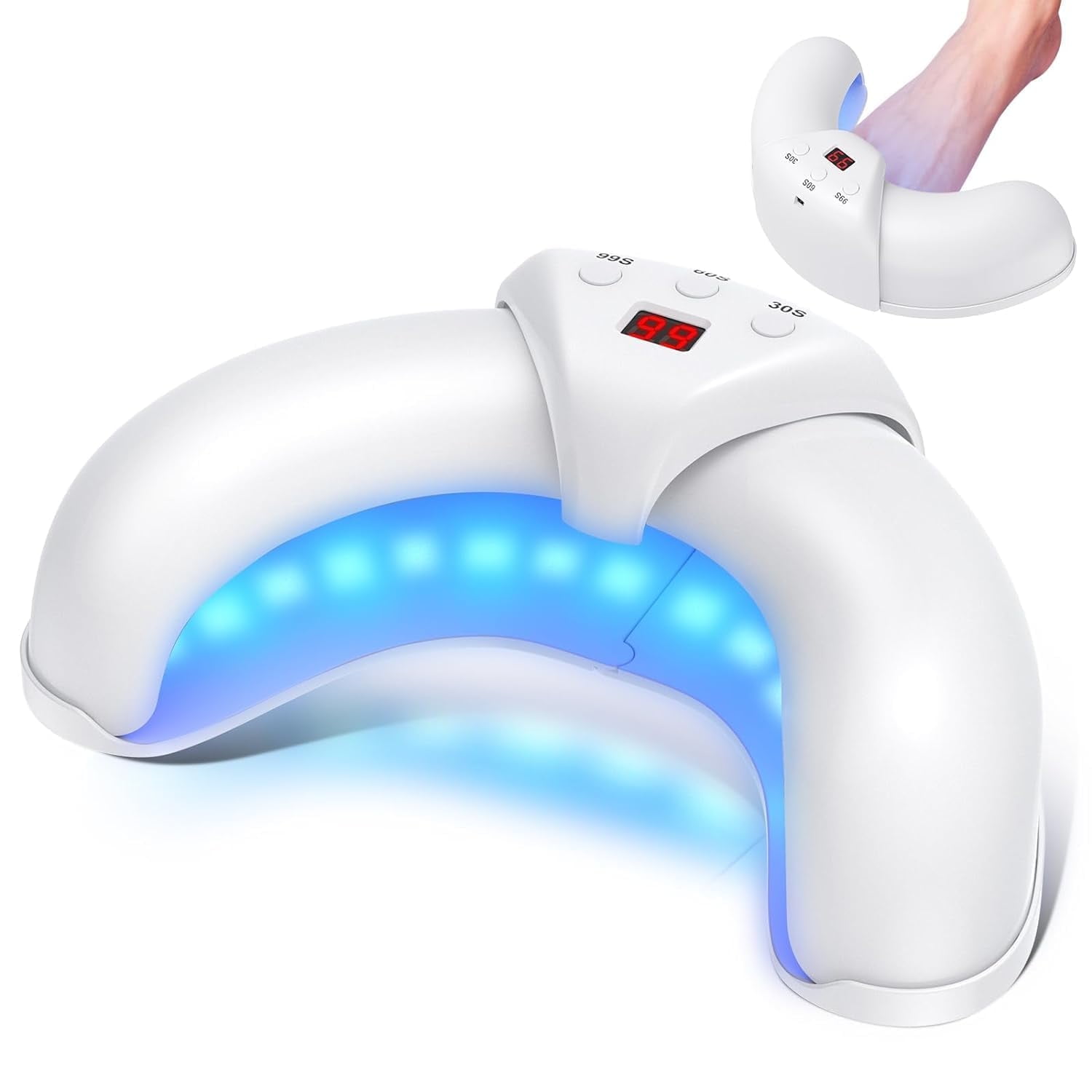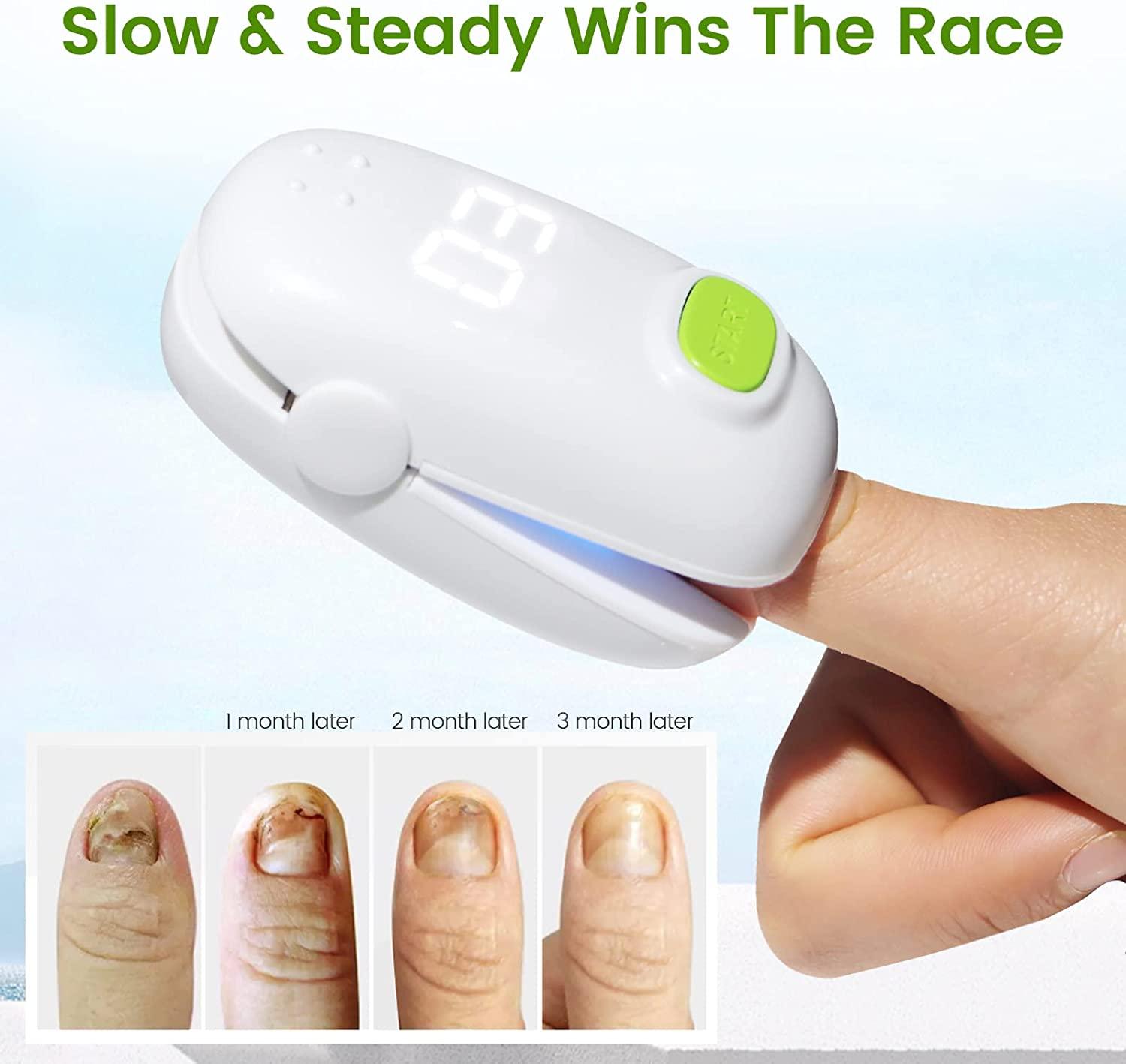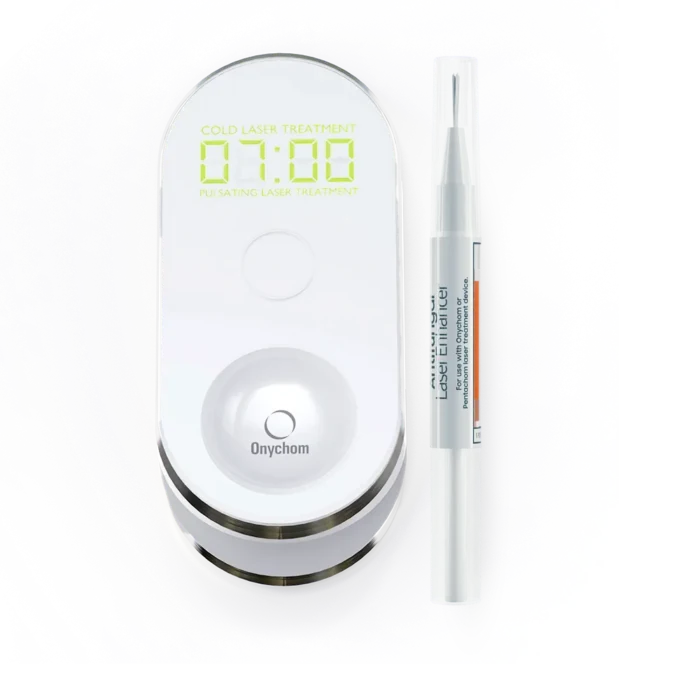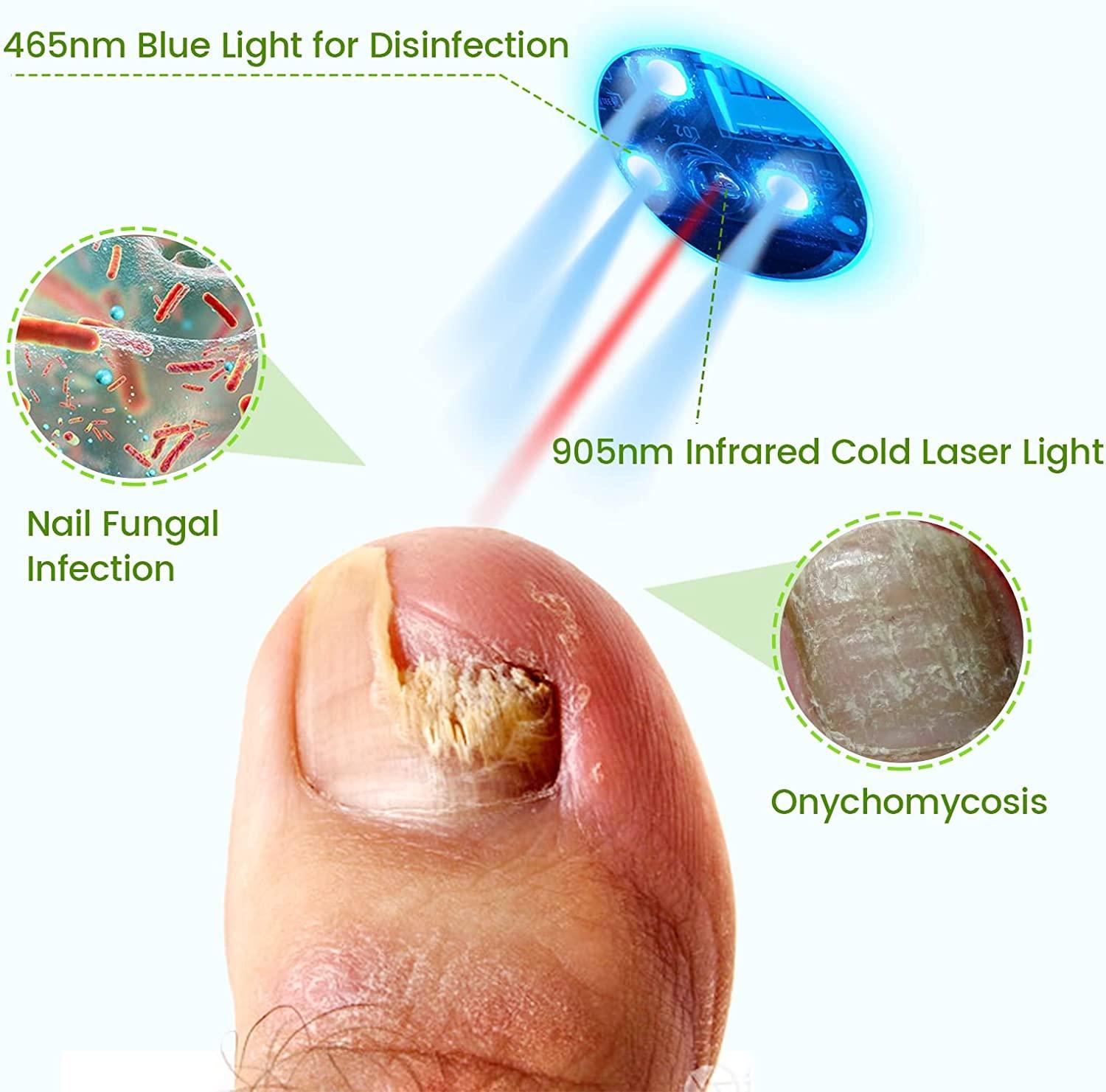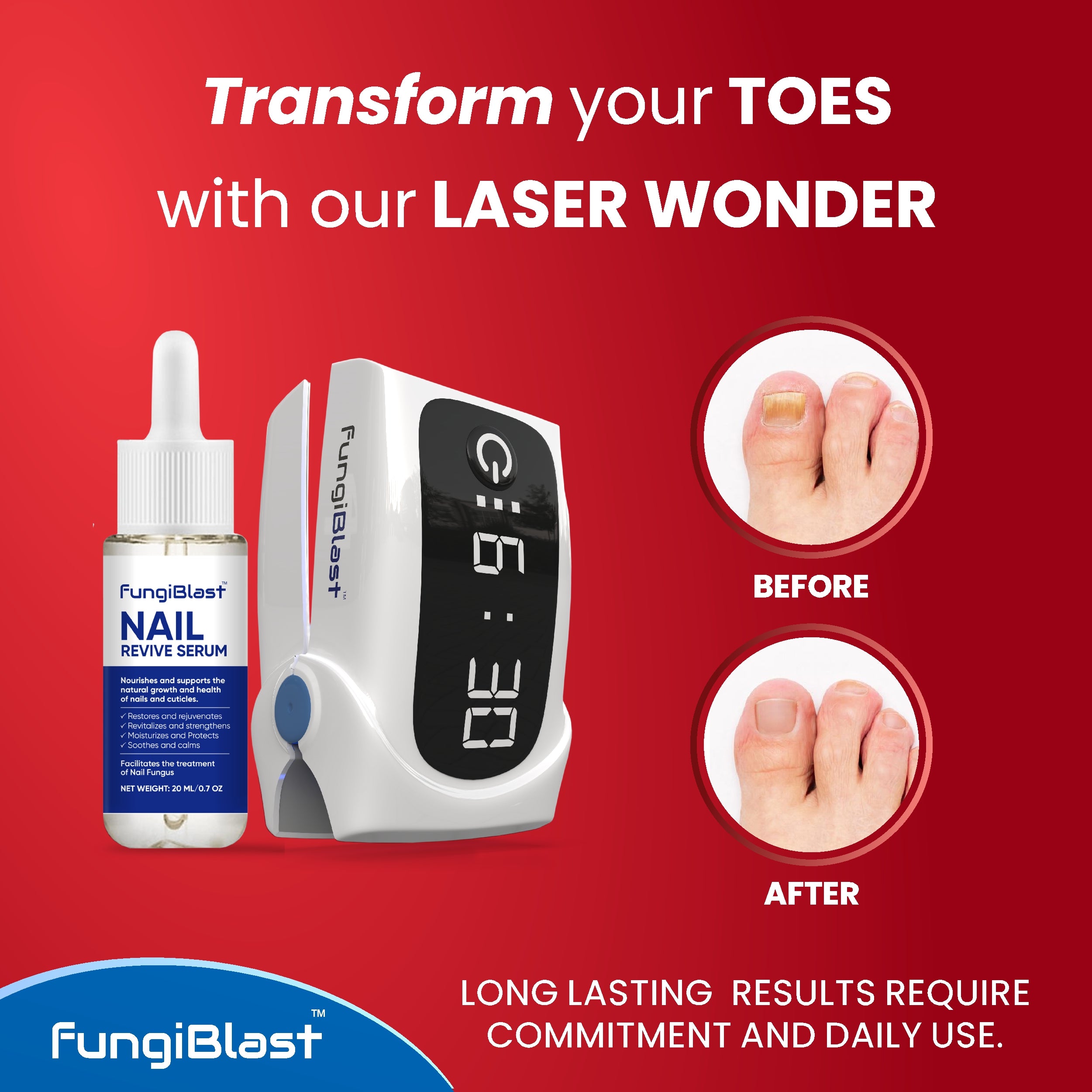Best At Home Nail Fungus Laser
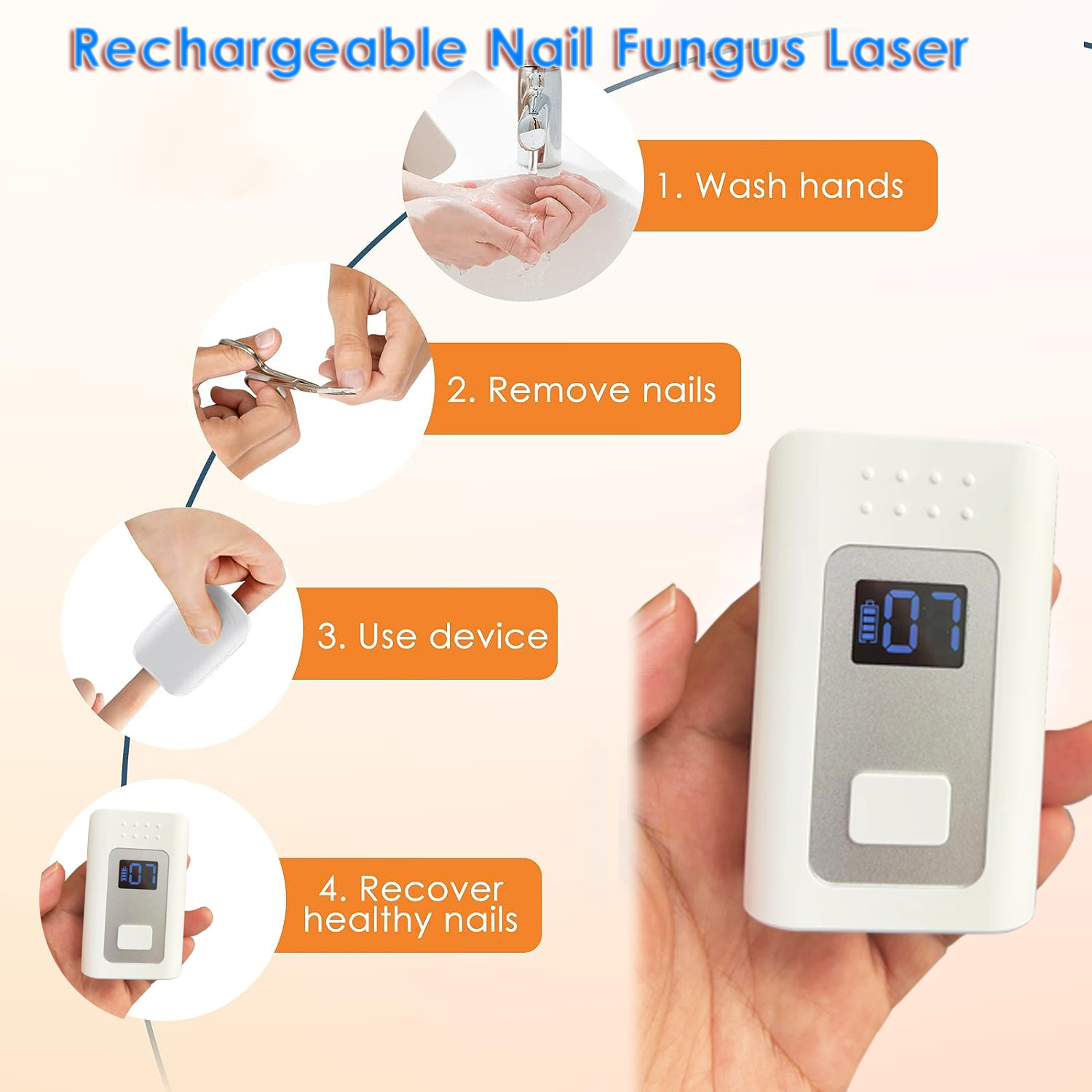
Imagine stepping out onto sun-drenched patio stones, the warmth kissing your bare feet as you wiggle your toes, feeling the freedom of summer. But what if, instead of joy, you feel a twinge of self-consciousness, a desire to hide your feet away from the light? Nail fungus, an unwelcome guest, can steal the simple pleasure of feeling comfortable in your own skin.
The good news is that advancements in technology have brought effective treatments right into our homes. At-home laser devices are emerging as a promising solution for tackling nail fungus, offering a convenient and discreet way to reclaim healthy, beautiful nails. This article explores the growing popularity of these devices, delving into how they work, their benefits, and what to consider before investing in one.
Understanding Nail Fungus
Onychomycosis, more commonly known as nail fungus, is an infection that occurs when fungi invade the nail bed. This often leads to thickened, discolored, and brittle nails, causing discomfort and affecting one's self-esteem.
Traditional treatments for nail fungus include topical creams, oral medications, and professional laser therapy. Topical creams often have limited effectiveness due to their inability to penetrate the nail plate effectively. Oral medications, while sometimes successful, can carry potential side effects that make them unsuitable for some individuals.
The Rise of At-Home Laser Therapy
Enter at-home laser devices: a compelling alternative that offers the potential for effective treatment without the risks associated with oral medications or the inconvenience of frequent doctor visits. These devices utilize low-level laser therapy (LLLT), a non-invasive technique that has been used for various medical purposes, including pain relief and tissue regeneration.
LLLT works by emitting light energy that penetrates the nail plate and targets the underlying fungus. This light energy inhibits the growth of the fungus without damaging the surrounding tissue. The FDA has cleared several at-home laser devices for the treatment of nail fungus, paving the way for their increased availability and acceptance.
How At-Home Laser Devices Work
At-home laser devices are designed to be user-friendly, allowing individuals to administer treatments in the comfort of their own homes. Most devices are handheld and resemble small wands or clippers.
The treatment process typically involves placing the device over the affected nail and activating the laser. The device then emits pulses of light energy for a specified duration, usually a few minutes per nail.
Treatments are typically administered several times a week for a period of several months. Consistency is key to achieving optimal results. Some devices come with automatic timers to ensure proper treatment duration, while others require manual operation.
Benefits of At-Home Laser Treatment
There are several advantages to using at-home laser devices for nail fungus treatment.
Convenience is a major draw, as treatments can be administered at any time and in any place. This eliminates the need for frequent appointments with a doctor or podiatrist.
Discretion is another important benefit. Many individuals prefer to treat their nail fungus privately, and at-home laser devices allow them to do so without having to discuss their condition with others.
The non-invasive nature of LLLT is also appealing. Unlike oral medications, laser therapy does not typically cause any significant side effects. While some users may experience mild warmth or tingling during treatment, these sensations are usually temporary and well-tolerated.
Choosing the Right Device
With the growing number of at-home laser devices available, it's essential to do your research before making a purchase. Consider the following factors when choosing a device:
FDA Clearance: Ensure that the device is FDA-cleared for the treatment of nail fungus. This indicates that the device has been reviewed and approved by the FDA for safety and effectiveness.
Laser Wavelength and Power: The wavelength and power of the laser can affect its effectiveness. Look for devices that utilize wavelengths known to be effective for fungal treatment, such as 905nm.
Ease of Use: Choose a device that is easy to operate and comfortable to hold. Look for features such as automatic timers and ergonomic designs.
Treatment Time: Consider the recommended treatment time per nail and the frequency of treatments. Choose a device that fits comfortably into your lifestyle.
User Reviews: Read user reviews to get an idea of the device's effectiveness and user-friendliness. Look for reviews from people with similar nail fungus conditions.
Price: At-home laser devices can range in price from a few hundred dollars to over a thousand dollars. Set a budget and compare prices from different retailers.
What to Expect During and After Treatment
During treatment with an at-home laser device, you may experience a mild warming sensation or tingling in the treated area. This is normal and should subside quickly after the treatment is complete.
It's important to follow the manufacturer's instructions carefully and to be patient. Nail fungus treatment can take several months to show noticeable results, as it takes time for the healthy nail to grow out and replace the infected nail.
Maintain good foot hygiene during and after treatment. This includes keeping your feet clean and dry, wearing breathable socks and shoes, and avoiding walking barefoot in public places.
Consulting with a Healthcare Professional
While at-home laser devices can be a convenient and effective treatment option for nail fungus, it's always best to consult with a healthcare professional before starting any new treatment. A doctor or podiatrist can diagnose your condition and recommend the most appropriate treatment plan for your specific needs.
They can also rule out other potential causes of nail discoloration or thickening, such as nail psoriasis or trauma. If you have diabetes or other underlying health conditions, it's especially important to seek medical advice before using an at-home laser device.
"At-home laser devices offer a promising alternative for individuals seeking a convenient and discreet way to treat nail fungus," says Dr. Emily Carter, a board-certified dermatologist. "However, it's important to choose a device that is FDA-cleared and to follow the manufacturer's instructions carefully."
Dr. Carter also emphasizes the importance of maintaining good foot hygiene and seeking professional medical advice if you have any concerns about your nail health. Good hygiene and the right tool can make all the difference.
The Future of At-Home Nail Fungus Treatment
The field of at-home nail fungus treatment is constantly evolving. As technology advances, we can expect to see even more effective and user-friendly devices emerge. Researchers are also exploring new ways to enhance the effectiveness of LLLT, such as combining it with topical antifungal medications.
The increasing popularity of at-home laser devices reflects a growing demand for convenient and accessible healthcare solutions. As more people discover the benefits of these devices, they are likely to become an increasingly common treatment option for nail fungus.
The key is to stay informed, do your research, and consult with a healthcare professional to determine the best course of action for your individual needs.
In conclusion, the journey to healthy, beautiful nails doesn't have to be a daunting one. With the advent of at-home laser devices, reclaiming the joy of showing off your toes is now more accessible than ever. Remember to approach this with patience, diligence, and informed choices, and you'll be well on your way to stepping out with confidence and comfort.



